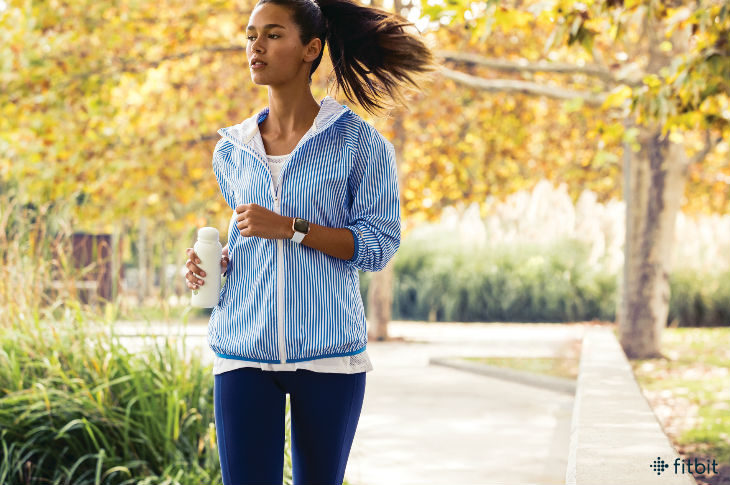
Due to COVID-19, many marathon runners and walkers are facing canceled or postponed races, and are looking for new ways to get active. That’s where Prevention Magazine’s second-ever Virtual Walk can help. That’s right, it’s virtual! And, as in any normal 5K, the training and rush of endorphins after officially completing your walk or run remain the same.
Whether you were in the midst of training for a race that’s been impacted, are a first-time marathoner, or just looking for ways to get your steps in during social distancing, we’re excited you’re here! Keep reading to find out all of the details you need to join in:
So How Does It Work, and Where Exactly Is It?
That’s the beauty of it: You get to pick. On May 2, join Prevention and Fitbit for the ultimate 5K—where you get to choose your own course, what time you start, and your walking or running partners. And the best part? It’s free!
Can’t do it on May 2? No worries. You can still sign up here, get your tech T-shirt, a custom bib number, and an “I Did It” sign, and show them all off while you train to join in on the fun.
Why Should I Walk?
Now for the most important question of all: Why does it matter? Well, for a whole host of reasons: Not only can walking improve your mood, it benefits your brain—studies show that it increases blood flow to the brain and may even improve cognitive functioning. In fact, putting a little pep in your step every day has been proven to help lead a healthier life overall. In addition to helping maintain a healthy weight, a daily brisk walk of at least 30 minutes can also aid in strengthening bones and muscles, improving balance and coordination, and even managing heart disease, high blood pressure, and type 2 diabetes.
Now, more than ever, it’s important that we keep moving and continue to work towards our goals, together. And if you’ve been paying attention, you know that at Fitbit we believe in a magical goal of 10,000 steps a day—and with good reason. 10,000 steps adds up to five miles each day for most people. When you complete your 5K (whether you walk or run), you’re getting yourself on the right track to hitting that magical goal. After all, chances are those aren’t the only steps you take that day!
Register Now
Join the Virtual Walk community now by registering here. Registration ends May 2, 2020 at 11:59pm EDT. Sign up now!
The post Why We’re Joining Prevention’s May 2020 Virtual Walk (And You Should, Too) appeared first on Fitbit Blog.
source https://blog.fitbit.com/prevention-virtual-walk/
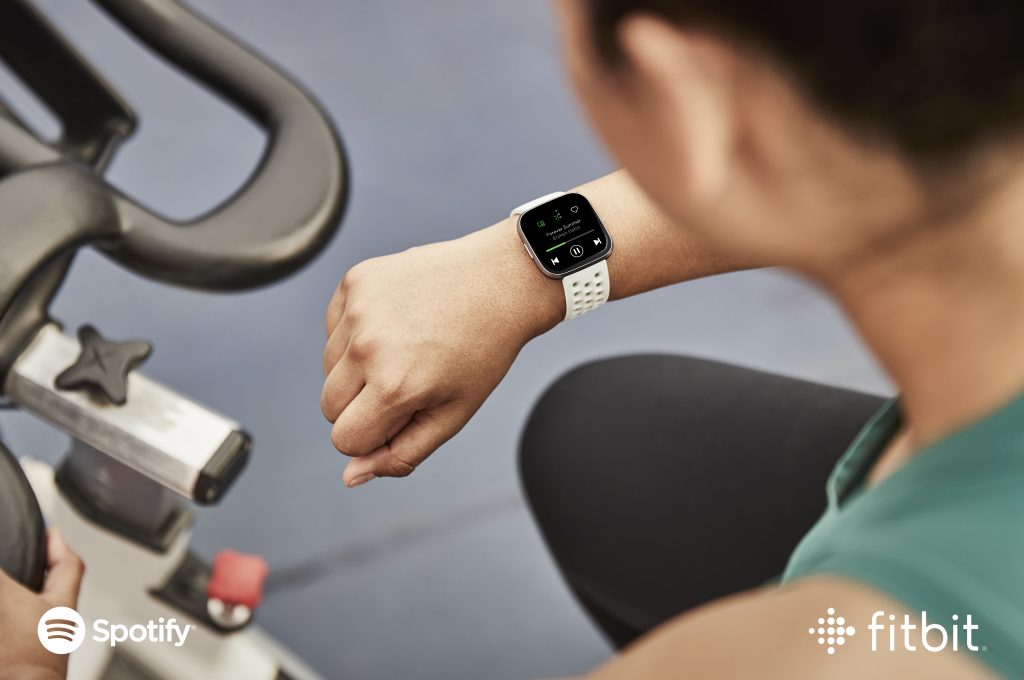

 ) your fave tunes and save them to your library of “Liked Songs.”
) your fave tunes and save them to your library of “Liked Songs.” 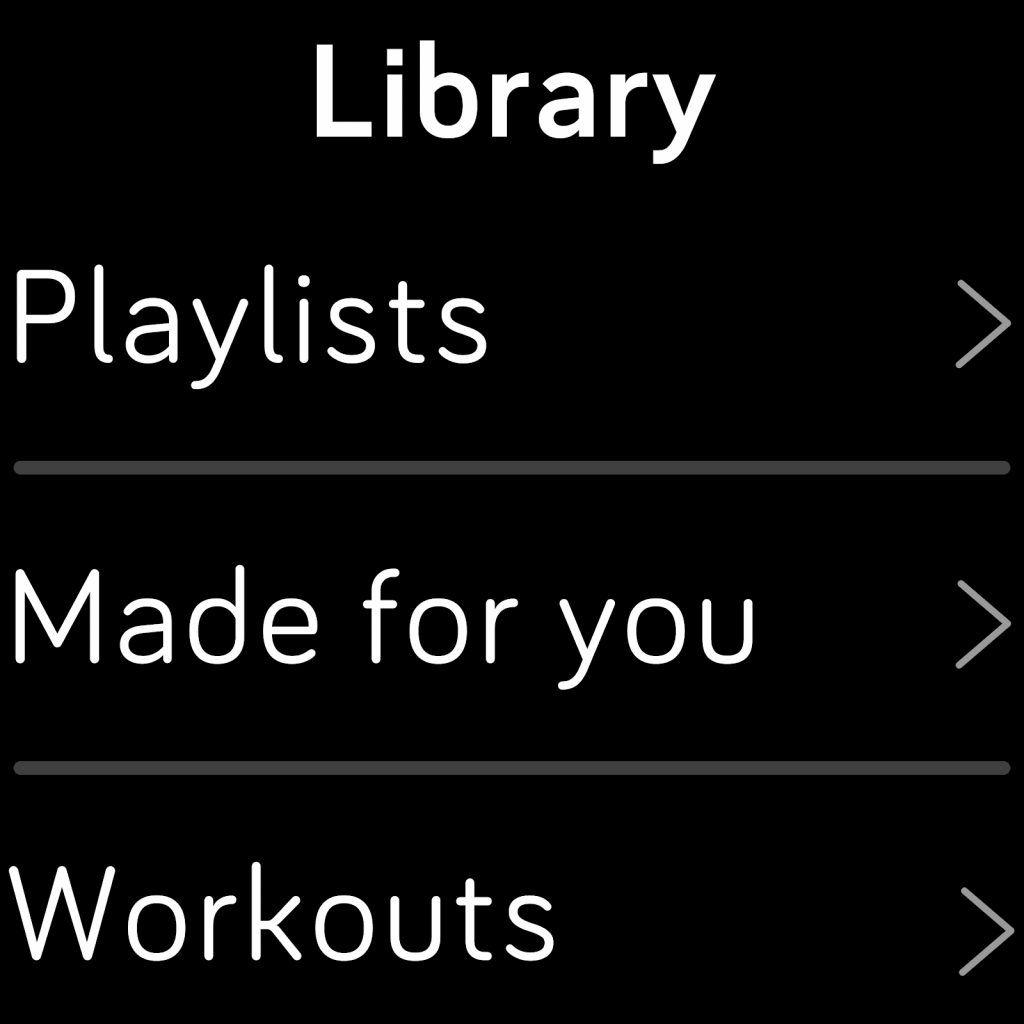


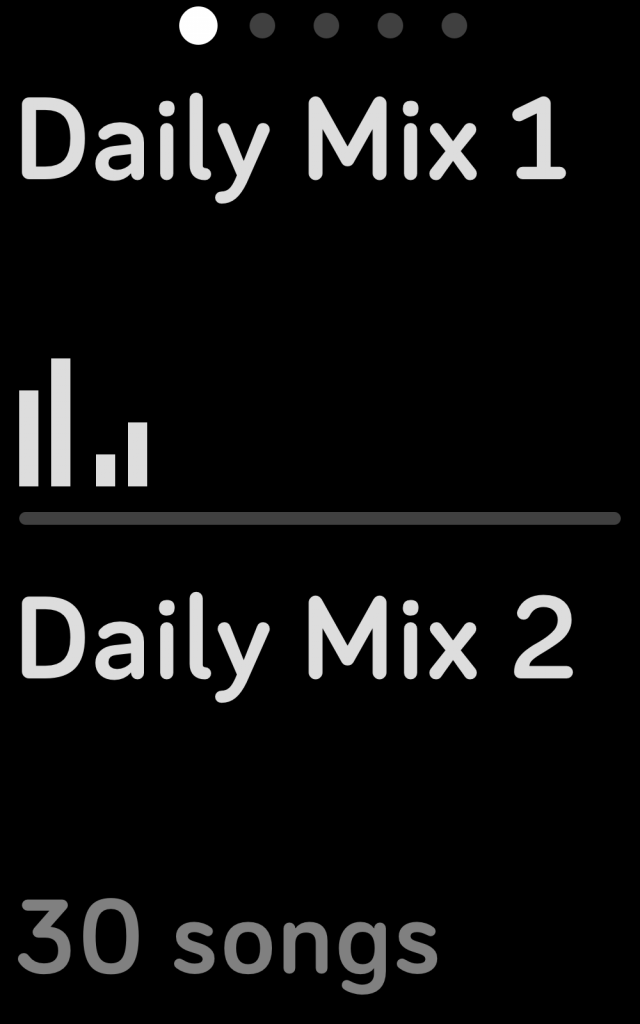
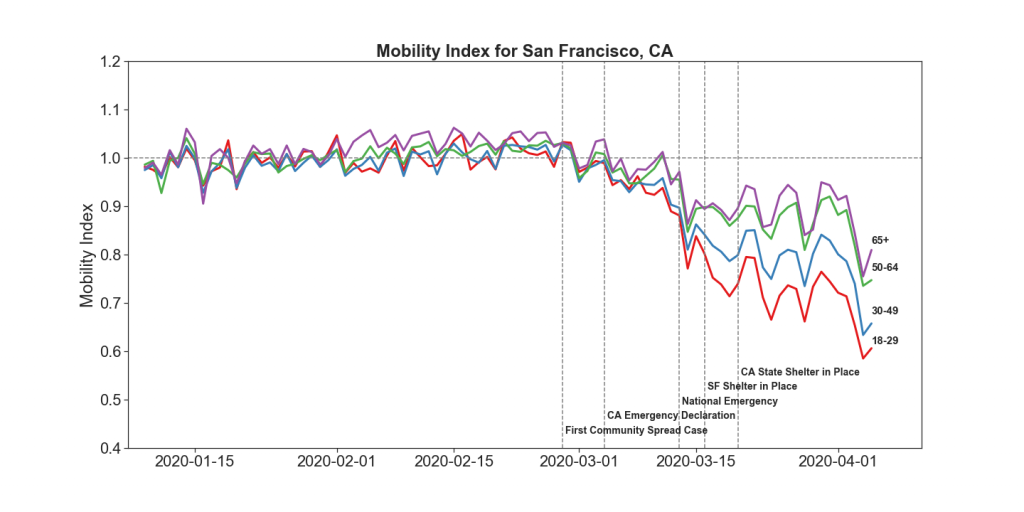
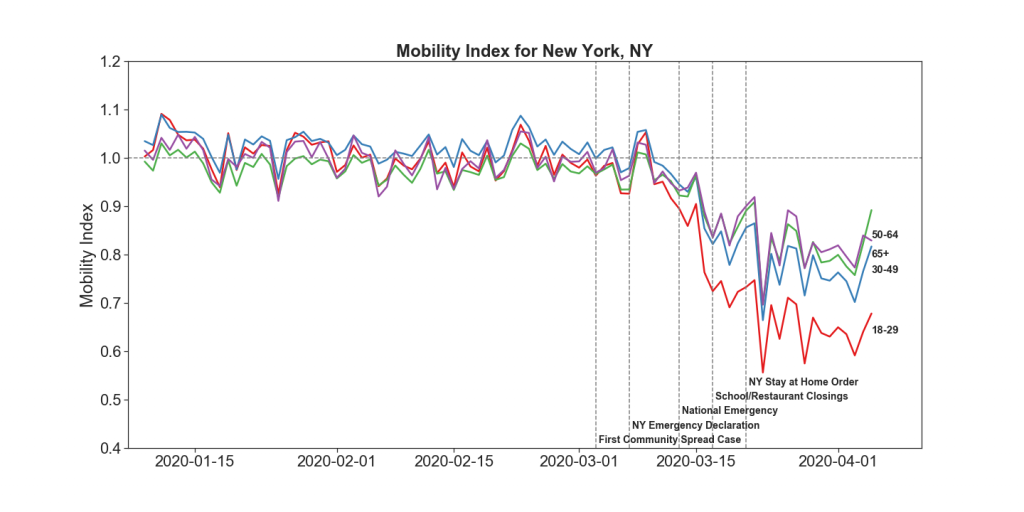

 or beef jerky
or beef jerky
